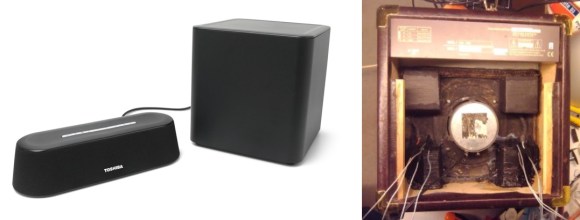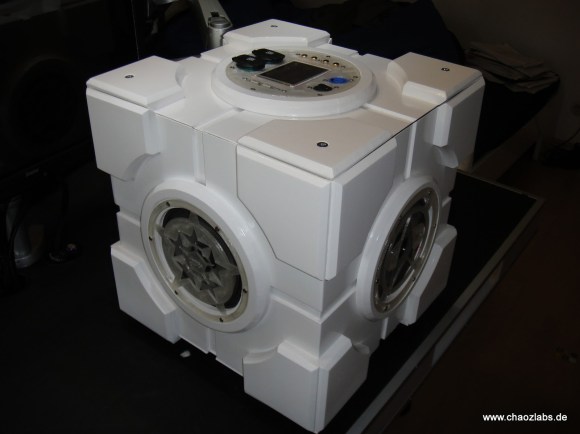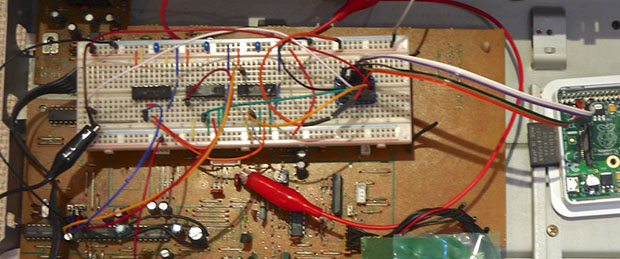In broadcast, lots of people are still using dedicated analog lines to connect remote sites. These operate like old telephone systems: you call up the operator and request to be patched through to a specific site. They’re also rather expensive.
For a hospital radio station, [Marc] wanted to replace the old system with something less costly. The result is his Raspberry Pi STL in a Box. Inside the box is a Raspberry Pi, PiFace display, a pair of meters, and some analog hardware for the audio.
On the software side, the system uses LiquidSoap to manage the stream. LiquidSoap uses a language to configure streams, and [Marc] has a write-up on how to configure LiquidSoap for this application. On the hardware side, SSM2142 ICs convert the signal from single-ended to balanced. The meters use the LM3915 bar drivers to control the meters.
The Python script that controls the box is provided, and could be helpful for anyone needing to build their own low-cost audio link.

















